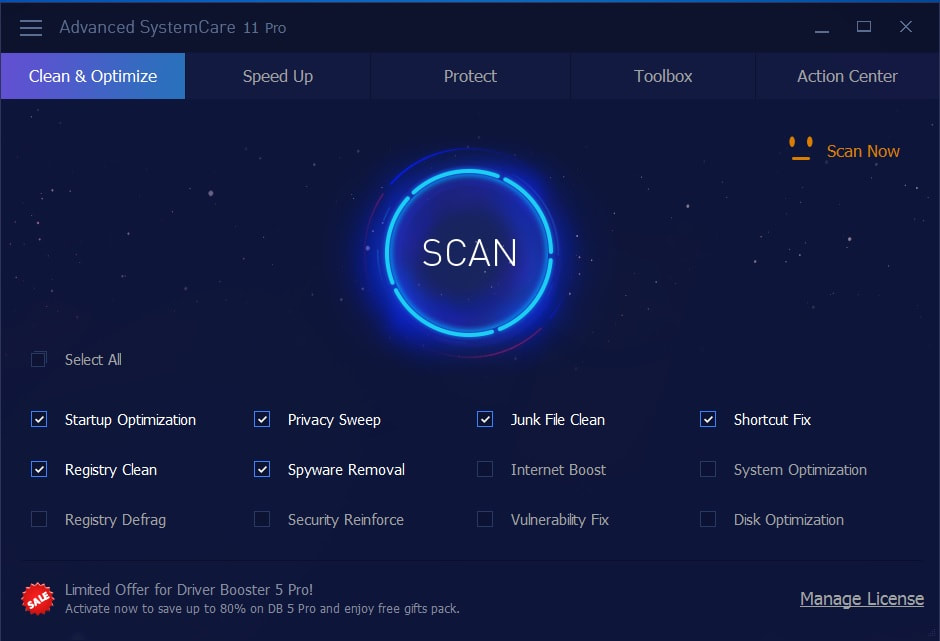

- #Any data recovery virus how to#
- #Any data recovery virus software#
- #Any data recovery virus Offline#
- #Any data recovery virus windows 7#
If that happens, you need use backups on external drives or devices that were not affected by the ransomware or OneDrive as described in the next section. Some ransomware will also encrypt or delete the backup versions, so you can't use File History or System Protection to restore files.

#Any data recovery virus windows 7#
Step 4: Recover files on a cleaned computer or deviceĪfter you've completed the previous step to remove the ransomware payload from your environment (which will prevent the ransomware from encrypting or removing your files), you can use File History in Windows 11, Windows 10, Windows 8.1, and by using System Protection in Windows 7 to attempt to recover your local files and folders.
#Any data recovery virus Offline#
If these options don't work, you can try Windows Defender Offline or Troubleshoot problems with detecting and removing malware.
#Any data recovery virus software#
You can use Windows Defender or (for older clients) Microsoft Security Essentials.Īn alternative that will also help you remove ransomware or malware is the Malicious Software Removal Tool (MSRT). Run a full, current antivirus scan on all suspected computers and devices to detect and remove the payload that's associated with the ransomware.ĭon't forget to scan devices that are synchronizing data, or the targets of mapped network drives. Step 3: Remove the malware from the affected devices
#Any data recovery virus how to#
For more information, see How to Pause and Resume sync in OneDrive. Pausing OneDrive sync will help protect your cloud data from being updated by potentially infected devices. To disable other types of access to a mailbox, see:Įnable or Disable POP3 or IMAP4 access for a user To disable Exchange ActiveSync for a mailbox, see How to disable Exchange ActiveSync for users in Exchange Online. Exchange ActiveSync synchronizes data between devices and Exchange Online mailboxes. If you suspect email as a target of the ransomware encryption, temporarily disable user access to mailboxes. The key point here is to stop the spread of data encryption by the ransomware. Step 2: Disable Exchange ActiveSync and OneDrive sync If you don't have backups, or if your backups were also affected by the ransomware, you can skip this step. If you have offline backups, you can probably restore the encrypted data after you've removed the ransomware payload (malware) from your environment and after you've verified that there's no unauthorized access in your Microsoft 365 environments. The longer you wait, the less likely it is that you can recover the affected data. It's important for you respond quickly to the attack and its consequences.

We also recommend that you report the ransomware attack to law enforcement, scam reporting websites, and Microsoft as described later in this article. If you already paid, but you recovered without using the attacker's solution, contact your bank to see if they can block the transaction. In fact, paying the ransom can make you a target for more ransomware. There's no guarantee that paying the ransom will return access to your files. Before you get started, consider the following items: The steps in this article will give you the best chance to recover data and stop the internal spread of infection. Ransomware is big business, and in today's threat landscape Microsoft 365 is an ever-increasing target for sophisticated attacks.


 0 kommentar(er)
0 kommentar(er)
